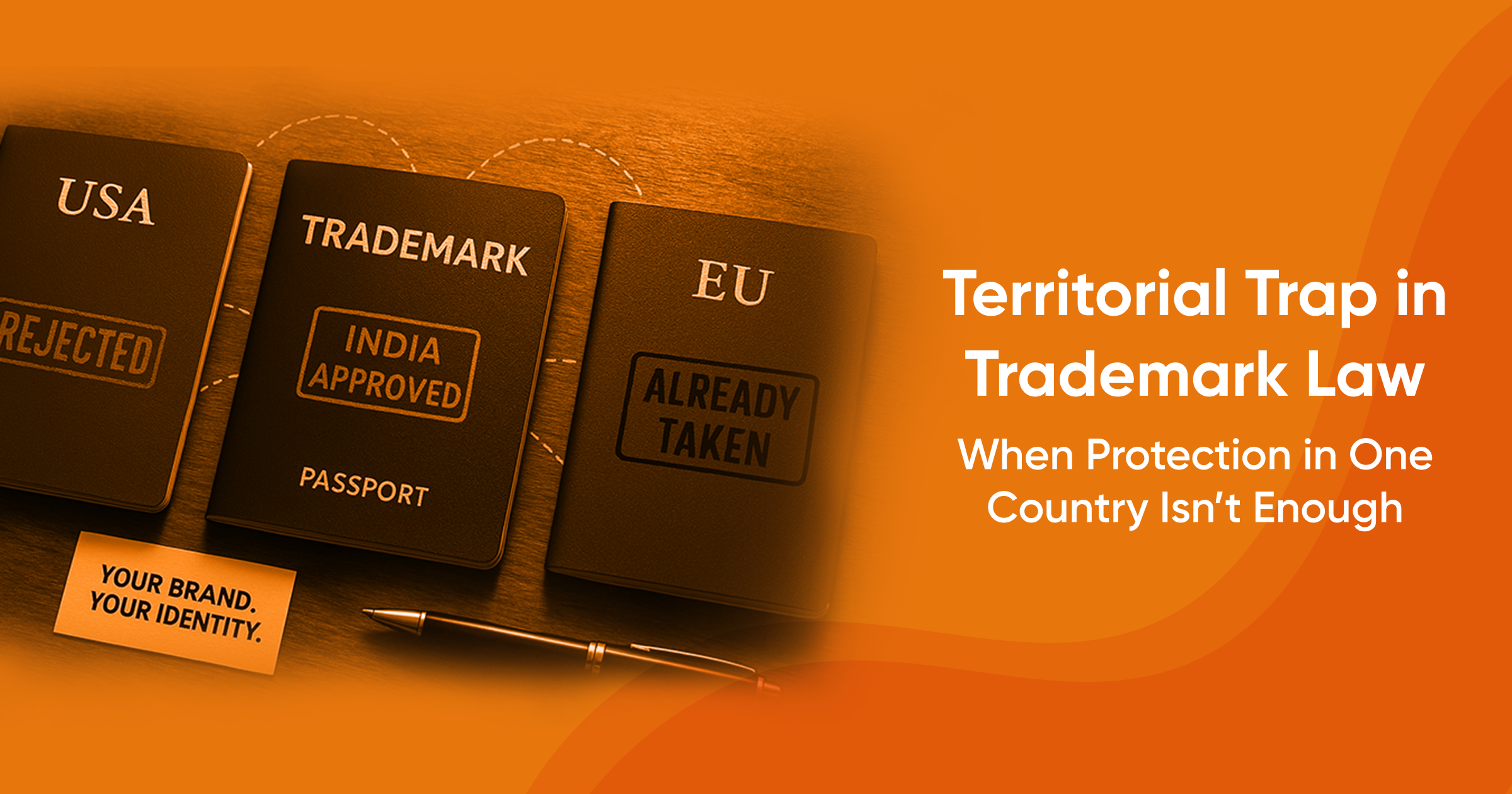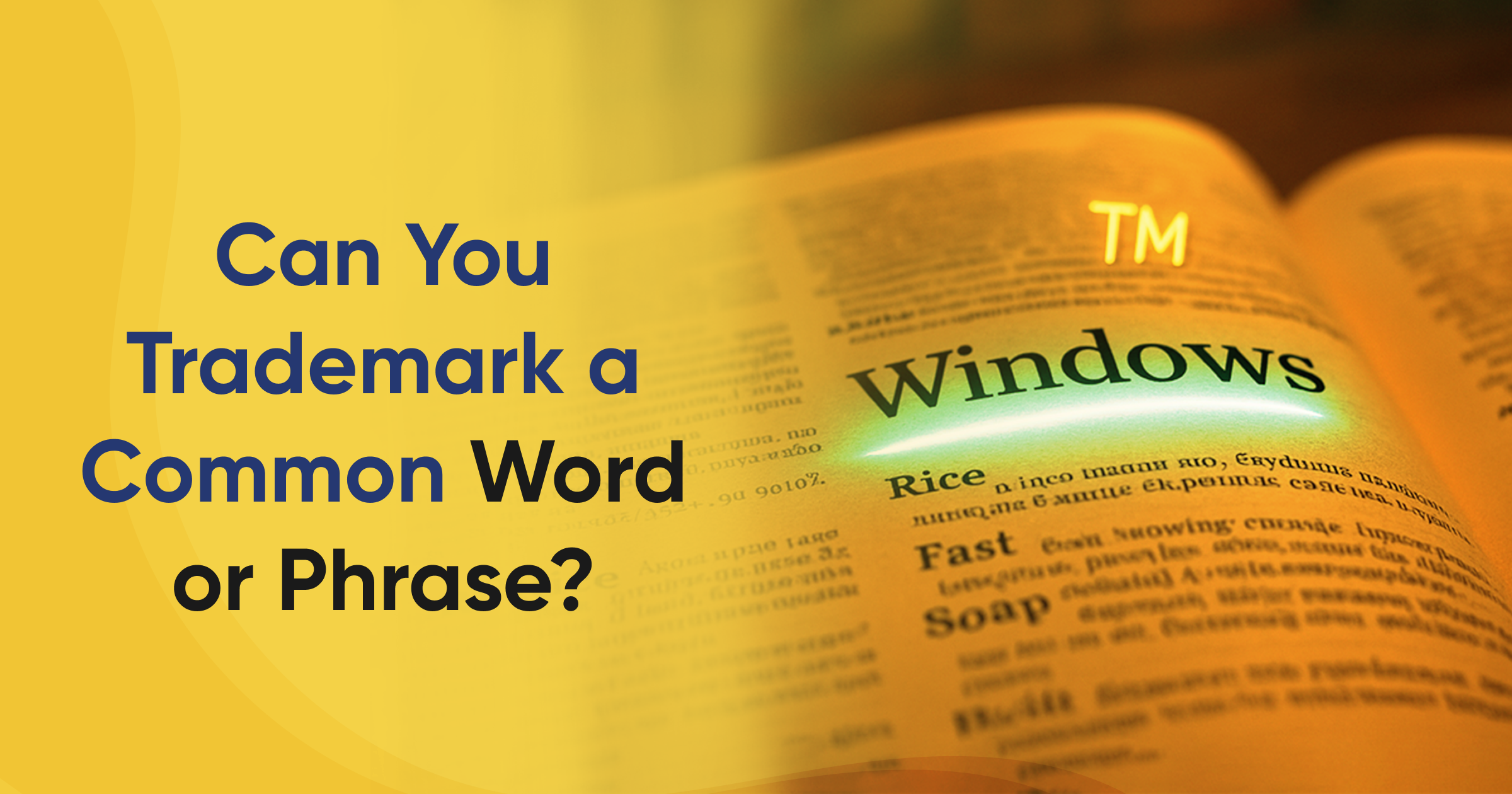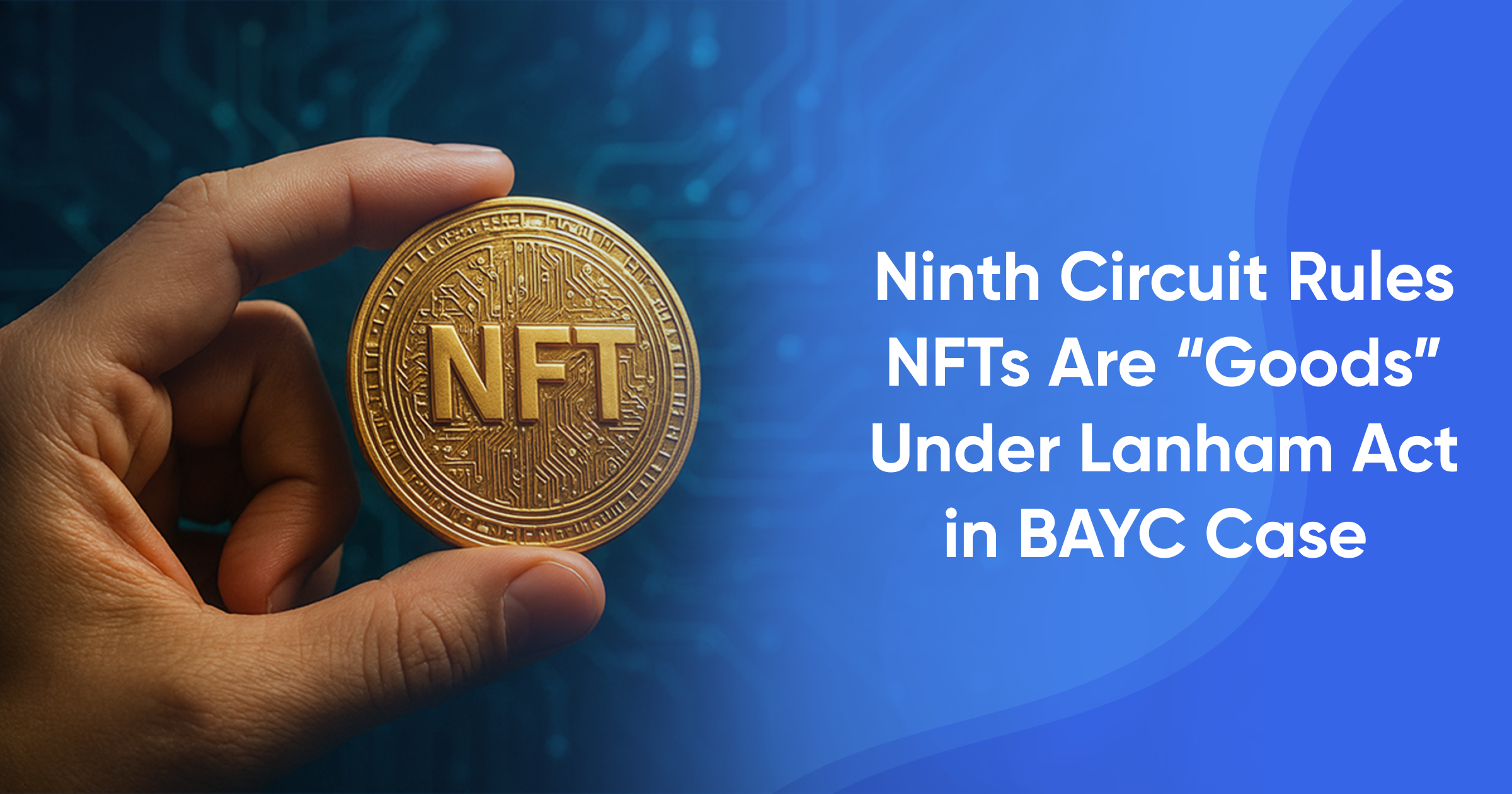In today’s global economy, businesses don’t just grow - they go international. But as brands look to cross borders, many fall into a legal trap that’s all too common: the territorial nature of trademark law.
A logo or name protected in India may have no value in the U.S., Europe, or China. And if someone else has already claimed your mark abroad - even in bad faith - your brand expansion can come to a halt. This is the territorial trap: when your trademark’s protection stops at the border, but your ambitions don’t.
Trademarks don’t travel: Understanding territorial rights
Trademarks are not global by default. They're territorial, meaning the rights you get are limited to the country where you registered.
A trademark approved in India gives you no automatic protection in the U.S., UK, or China. Every jurisdiction has its own rules, examiners, and existing marks that may block your path. Even under the Madrid Protocol, where you can apply for protection in multiple countries through a single application, each country still decides whether to approve or refuse your mark.
So while you may think your brand is protected, you might be stepping into a minefield overseas.
Using the Madrid Protocol for international protection
The Madrid Protocol, managed by the World Intellectual Property Organization (WIPO), lets you apply for trademark protection in over 100 countries with a single filing. You file through your home country’s IP office (like the Indian IP Office for us), pay one set of fees, and choose where you want protection. But here’s the catch: each country still reviews your trademark under its local law. If a similar or identical mark exists, you may face opposition, delay - or outright refusal.
The Madrid system simplifies filing, but it doesn’t guarantee success. That’s where early strategy becomes critical.
How brands fall into the territorial trap
Let’s say a small business in India builds a beloved brand, secures a local trademark, and starts eyeing the international market. Then comes the surprise:
- The name is already registered in a target country
- A similar brand exists and causes confusion
- Someone else has “squatted” the mark, anticipating your entry
Now what?
- The foreign IP office may reject your application
- You may have to rebrand entirely
- Or pay big money to buy back your name - or settle a legal dispute
These aren’t just legal hurdles. They’re business nightmares that cost time, money, and market momentum.
When global brands get caught
Even multinationals have learned this lesson the hard way:
- ZARA in Bangladesh: Spanish giant Inditex struggled to register “ZARA” due to a local company already using the name.
- Burger King in Australia: The U.S. chain operates as “Hungry Jack’s” Down Under because someone else owned the “Burger King” name.
- MTV in Brazil: Viacom had to navigate a long trademark fight with a local firm holding similar branding rights.
If these powerhouses can get blocked, imagine the risks for emerging brands.
Cyberspace and cross-border risks: The Tata warning
Take the case of Tata Sons Ltd. v. Manu Kosuri & Ors. Tata discovered multiple domain names like tatainfotech.com and tatafinance.com were registered by outsiders with no connection to the brand. It was classic cybersquatting - someone hoping to profit off Tata’s name.
The Delhi High Court ruled for Tata, confirming that domain names are more than just web addresses - they’re brand assets. Unauthorized use misleads the public and damages goodwill.
This case wasn’t about cross-border trademarks per se - but it underscores a key truth: in a digital world, brand vulnerability is global. What applies to domain names also applies to trademarks. If you don’t secure your brand beyond borders, someone else will.
How to avoid the territorial trap
Here’s how smart businesses stay ahead of the trap:
- Search before you launch: Use tools like the WIPO Global Brand Database to check for conflicts in major markets. Don’t assume your name is free just because it’s unused at home.
- Use the Madrid Protocol wisely: File for international registration - but always review local trademark risks in each country first.
- Secure domains and trademarks together: Grab domain names in your brand’s name across key markets. This avoids both cybersquatting and brand dilution.
- Monitor and enforce proactively: Set up trademark watches. Stop infringers early. Delay is expensive.
- Plan flexible branding: If a name isn’t available in a certain country, have a backup version or regional variation ready.
Don’t get stuck at the border
The territorial trap catches businesses when they assume their trademark is safe everywhere just because it's protected at home. But trademarks are territorial—and global growth needs global planning. From ZARA’s trademark troubles to cybersquatting cases like Tata’s, one thing is clear: brand protection must go beyond borders.
If you’re planning to expand internationally, don’t wait for a refusal or legal challenge to act. At Trademarkia, our
can help you file, monitor, and protect your brand across borders - before problems arise. From Madrid Protocol filings to market-specific searches, we’ve helped thousands of businesses go global without losing their name. Because, in global commerce,
protection isn’t a luxury. It’s a necessity
.







